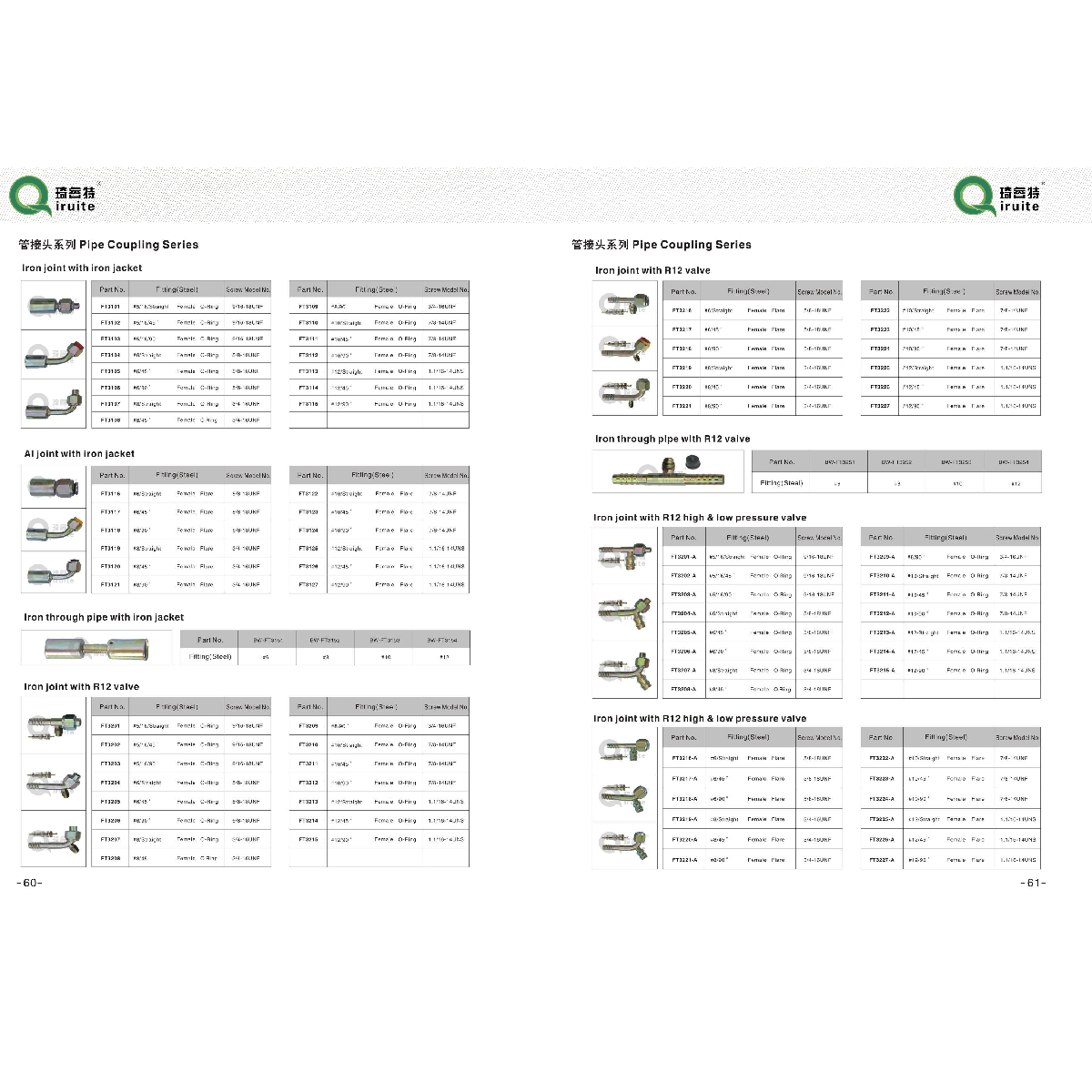Understanding the Importance of Car Air Conditioning Drainage Systems
Understanding the Car AC Drain Line Importance and Maintenance
The air conditioning system in your car is crucial for maintaining a comfortable environment, especially during the hot summer months. While many drivers focus on the performance of their AC units, one often overlooked component is the AC drain line. This essential part plays a significant role in the overall efficiency and functionality of the HVAC (Heating, Ventilation, and Air Conditioning) system in your vehicle.
What is the AC Drain Line?
The AC drain line is a tube that allows condensation produced by the air conditioning system to be expelled from the vehicle. As the AC cools the air inside the cabin, moisture from the air condenses into water. If this water is not drained properly, it can accumulate and potentially cause various issues within the vehicle. The drain line directs this condensation outside the vehicle, ensuring your AC system works efficiently and maintaining a comfortable interior atmosphere.
Importance of the AC Drain Line
The AC drain line is vital for several reasons
1. Preventing Water Damage If the drain line becomes clogged or blocked, it can lead to water buildup in the AC unit. This excess water can overflow into the vehicle's interior, potentially damaging carpets, electrical systems, and other components.
2. Maintaining Air Quality Stagnant water can become a breeding ground for mold and bacteria, which can negatively impact the air quality inside the vehicle. Proper drainage helps mitigate this risk, providing cleaner, fresher air for passengers.
3. Enhancing System Efficiency A well-functioning AC drain line enables the air conditioning system to operate more efficiently. When the system can effectively remove moisture, it can cool the air more efficiently, saving energy and fuel.
Common Issues with AC Drain Lines
Despite its importance, many vehicle owners may experience problems with the AC drain line
. Here are a few common issues to be aware ofcar ac drain line

- Clogs Over time, dirt, debris, and mold can accumulate in the drain line, leading to blockages. Signs of a clogged drain line may include water pooling under the vehicle or inside the cabin.
- Damage Physical damage to the drain line can occur from road debris or accidents, which can result in leaks and inadequate drainage.
- Improper Routing In some cases, the drain line may be improperly routed, leading to ineffective drainage.
Maintenance Tips
Maintaining your car's AC drain line is relatively straightforward, and regular maintenance can prevent many common issues
1. Regular Inspection Periodically check the drain line for any visible signs of damage or blockage. Look for dirt buildup or any detached sections.
2. Clear Blockages If you suspect the drain line is clogged, you can clear it using compressed air or a flexible cleaning brush. Be cautious not to damage the line while doing this.
3. Check for Water Flow After running your AC for a while, check underneath your vehicle for water dripping from the drain line. This is a sign that the system is functioning correctly. If you don’t see any water, it may indicate a blockage.
4. Professional Servicing During routine maintenance, ask your mechanic to inspect the AC system, including the drain line. They can identify and resolve potential issues before they become significant problems.
Conclusion
The AC drain line may seem like a minor component of your vehicle's air conditioning system, but its significance is undeniable. Keeping it in good condition is essential for preventing water damage, maintaining air quality, and ensuring efficient operation. By understanding its role and taking proactive maintenance steps, you can enhance your driving experience and prolong the life of your vehicle's AC system.
-
Ultimate Spiral Protection for Hoses & CablesNewsJun.26,2025
-
The Ultimate Quick-Connect Solutions for Every NeedNewsJun.26,2025
-
SAE J1401 Brake Hose: Reliable Choice for Safe BrakingNewsJun.26,2025
-
Reliable J2064 A/C Hoses for Real-World Cooling NeedsNewsJun.26,2025
-
Heavy-Duty Sewer Jetting Hoses Built to LastNewsJun.26,2025
-
Fix Power Steering Tube Leaks Fast – Durable & Affordable SolutionNewsJun.26,2025

